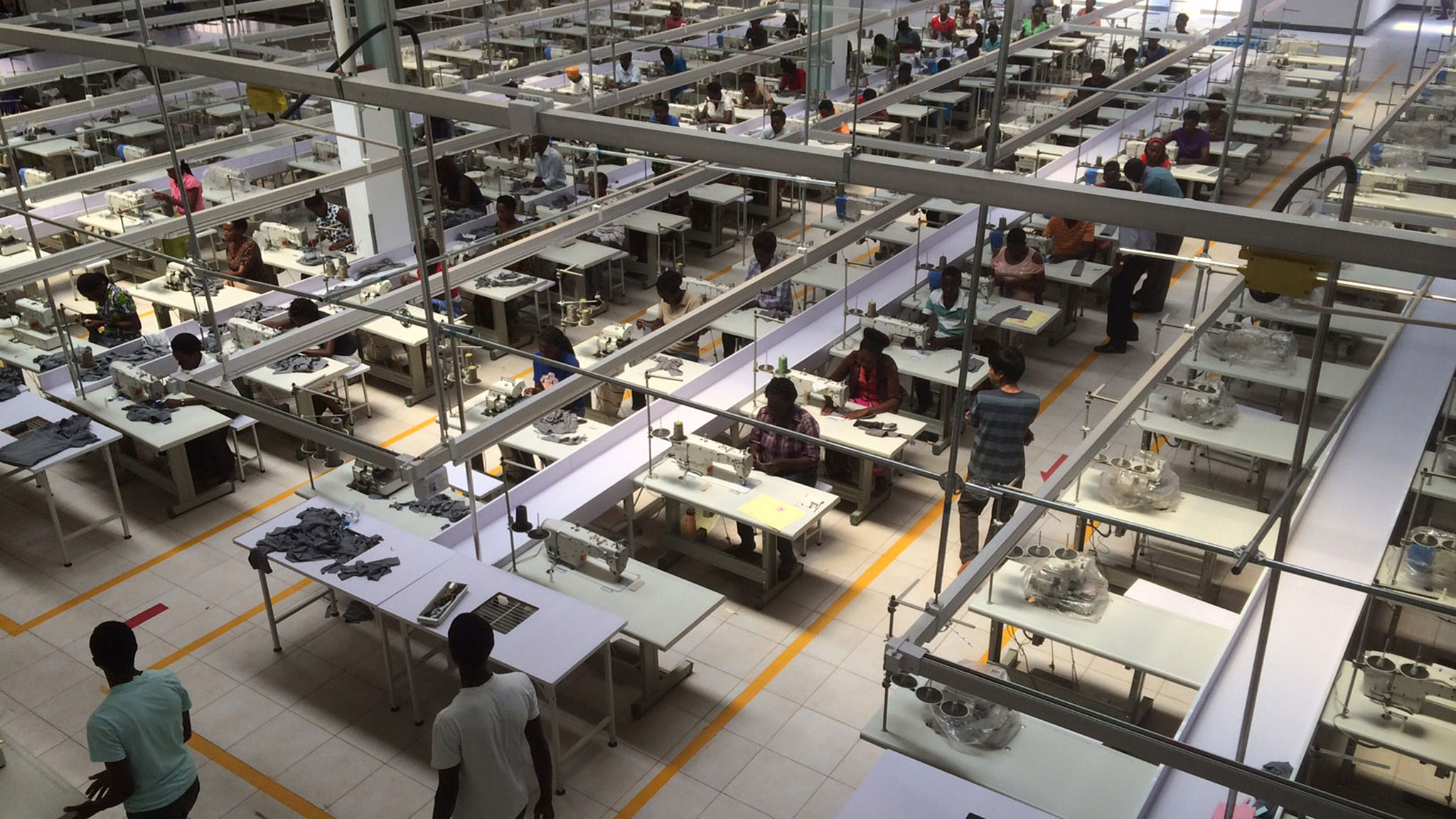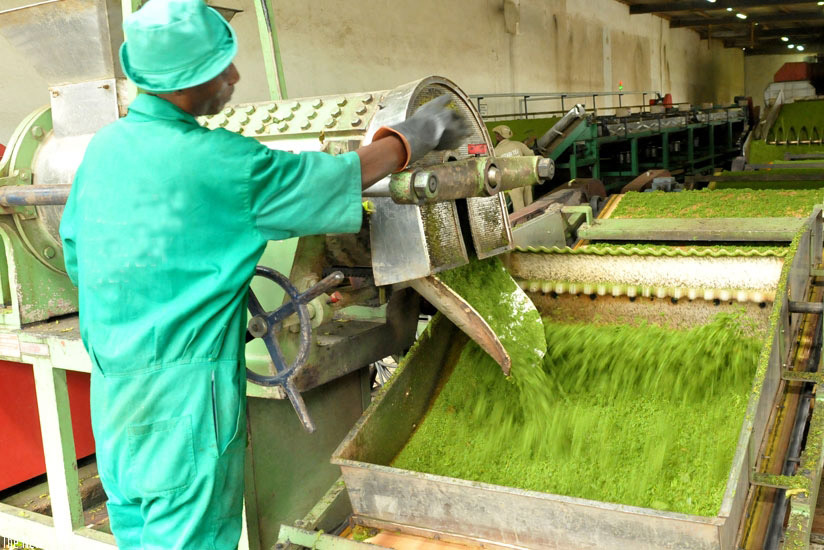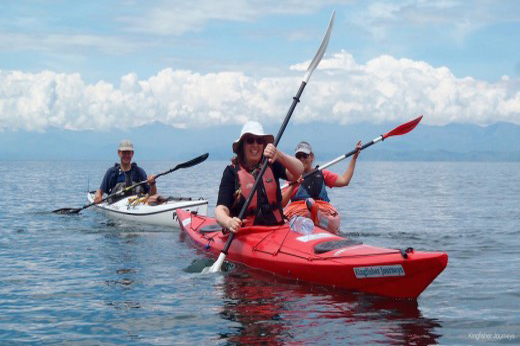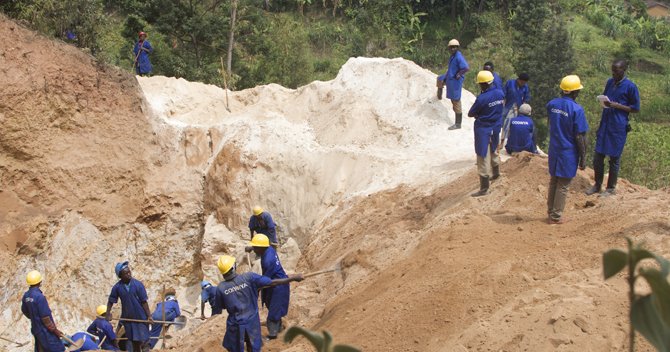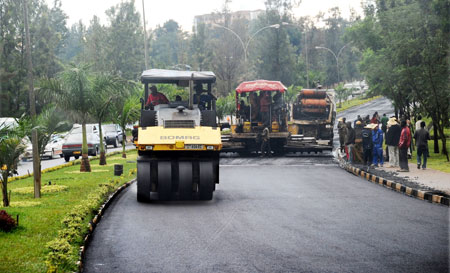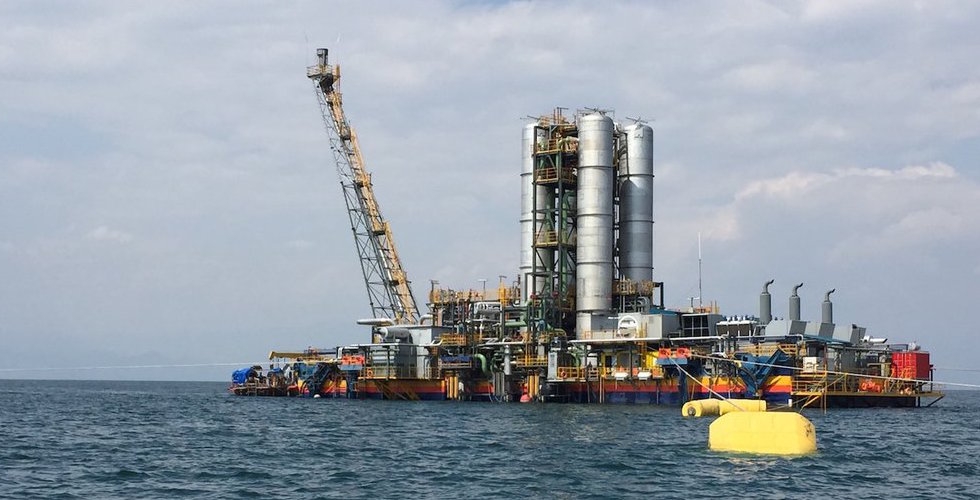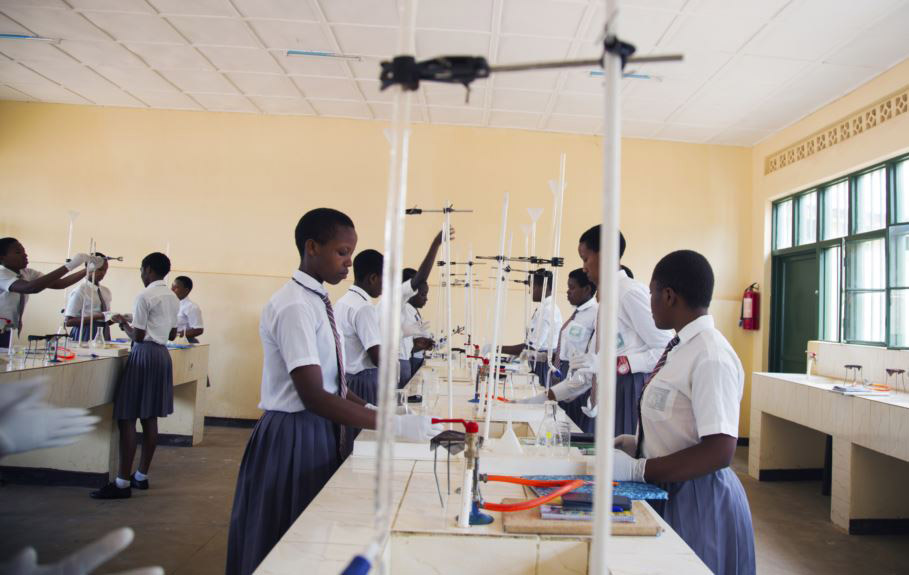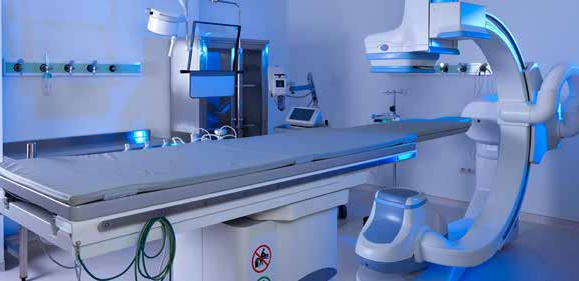Manufacturing
- The manufacturing sector in Rwanda is still small but steadily growing at an annual rate of 7%.
- Rwanda targets to increase industrial contribution to GDP to 26% by 2020.
- several policies and strategies such as the National Industrial Policy and the National Export strategy have been developed to accelerate industrial and export growth
- The country has also put in place a National Industrial Policy which aims at diversifying the economy by increasing the share of industry to the country’s GDP, increase exports to 1.5 billion UsD by 2020 and increase the number of off-farm jobs.
- Market access: Rwanda’s strategic location has boosted cross border trade and increased trade volumes with her neighbor’s especially East-Central Africa with an estimated population of 268 million Key products exported include; beverages, dairy products, processed food and construction materials.




